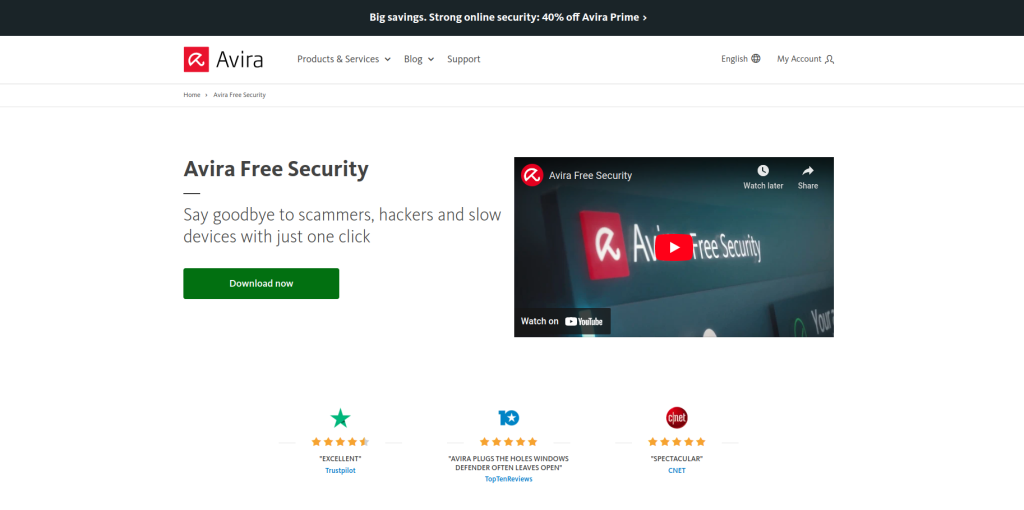You’ve probably read when researching computer security that formatting a hard drive can sometimes be quite helpful — but now wondering if and when it makes sense to do that on your Mac or PC? Thankfully, you’re in the right place as we’ve got some answers for you in our ultimate guide.
Read on to learn how to format your Windows or Mac hard drive without any errors.
What does disk formatting actually mean?
According to Wikipedia, formatting is the process of preparing a data storage device such as a hard disk drive, solid-state drive, floppy disk, memory card, or USB flash drive for initial use.
You can format any type of storage media, whether it’s a CD-ROM, DVD, external hard drive, or even your Mac or PC’s hard drive.
However, remember that formatting wipes everything on the storage media. It’s also a lot of work to format your laptop or desktop’s hard drive because you need to reinstall all those programs you use — and that can be quite time-consuming.
Why format a hard drive
There are various reasons why it might be useful or even essential to format your device’s hard drive.
- Before selling or getting rid of your computer:
You’d never sell or get rid of your smartphone without resetting it back to its factory settings so that every ounce of personal data is completely erased, would you? Well, the same goes for your Mac or PC, because you never know who might get their hands on your laptop or desktop once you’ve got rid of it. By formatting it, you remove every last drop of data. - To improve performance:
If your hard drive’s functionality or speed is impacted by data fragments and random program structures, formatting can be an effective way to increase its speed and general performance again. - To eliminate a virus:
If your laptop or PC’s been infected with viruses, Trojans, or other malware, a thorough format might be the only way to eliminate this virus infection and get your computer back up and running again.
To avoid such cyberthreats in the first place, we recommend using a proven and advanced security solution that can help improve your Mac, Windows PC, or laptop’s online privacy, performance, and device security. Avira Free Security gives you a tool with which you can keep an eye on exactly these three essential areas of your digital life (your security, online privacy, performance).

Your step-by-step guide to formatting a hard drive
Formatting a hard drive is not very difficult, but you should backup your hard drive BEFORE you format it and have your log ins for your online accounts and programs as well as security keys (like for your Microsoft Office license) ready to hand.
A top tip before you get started: You can of course jot down all the passwords for your various online accounts prior to formatting your hard drive. But there is an easier way: Use a password manager. Such a password vault, like Avira Password Manager, can take all the strain out of generating strong and unique passwords and it can log you in to your accounts automatically. All you have to do is remember one master password, which can make it easier to get your laptop or PC up and running again.

Disk formatting: Windows
If you use a Windows PC or laptop, your device always has what is called the primary or C drive, which contains the operating system. You can’t just format this C drive using your computer’s admin functions.
External hard drives and partitions, on the other hand, can be formatted directly from within the operating system.
Primary C drive
You can see the primary C drive, your system drive, via the Disk Management utility, but you won’t find the “Format” option there at all. You can only format the primary C drive in Windows 11 by completely reinstalling or restoring the operating system.
- To do that, press the Windows key and select the Settings app.
- Scroll down the list that appears and click Recovery.
- Under Recovery options, select Reset this PC and follow the instructions.

Internal or external hard drives
You can format external and internal, but not system-related, drives (such as partitions, external hard drives, or data storage media) directly using the Windows Disk Management utility.
- To do so, press and hold the Windows key then press R. In the Run window that appears, enter diskmgmt.msc.
- Tap the Enter key or click OK, and the Disk Management utility will open displaying a list of all your PC’s internal and external drives.
- Now right-click the drive you want to format. From the context menu, click Format.
- Now click OK to start the process.
Formatting a drive on your Mac
Just like on a Windows computer, you can’t format the hard drive on a Mac running macOS. But you can erase it and then reinstall the operating system.
Reinstalling macOS
For a reliable way to erase the data on your Mac and reinstall macOS, proceed as follows:
- Turn on your Mac while simultaneously holding down the Option, Command, and R keys as it starts.
- Release these keys as soon as you see the Apple icon on the screen.
- Once the macOS Utilities window appears, select Disk Utility and click Continue. Now select Macintosh HD in the sidebar of Disk Utility and click Erase. Enter a name for your drive and choose the formatting option Mac OS Extended (Journaled). Then click Erase.
- To then reinstall macOS, close Disk Utility to return to the utilities window. Now select Reinstall macOS and follow the instructions. This will install the macOS version that was initially on your Mac when you bought it.
- If you now restart, the setup wizard will start. If you want to cancel this, press the Command and Q keys and select the Shut Down option. Your Mac will now be back to its factory state.
Formatting external drives on a Mac
Just like on Windows, you can format external hard drives, disks, and even USB sticks with your Mac.
- To do so, plug in the external drive you want to format. Now in Finder, choose Go, then Utilities, now double-click the Disk Utility icon.
- Select the option View, then Show All Devices.
- Now collapse all the volumes or folders belonging to your hard drive (by clicking the icon next to the hard drive).
- Select the external drive and then Erase on the top bar.
- Name your drive and then start the formatting process.
What’s the difference between formatting and erasing a hard drive?
Formatting is a process that prepares your hard drive, external hard disk, or other storage devices (such as USB flash drives, SD cards, partitions) for a specific use. This:
- deletes all saved data.
- resets the file system.
- removes some malware, viruses, spyware.
However, the data is not permanently deleted when formatting, but released on the drive to be overwritten. That’s why it can be recovered using a professional data recovery tool. You can then undo the formatting and specifically find and restore the overwritten data.
Formatting is therefore a quick process that allows you to empty a hard drive and reset the file system. By contrast, erasing is a complete cleanup of the entire hard drive where all the files are deleted.














